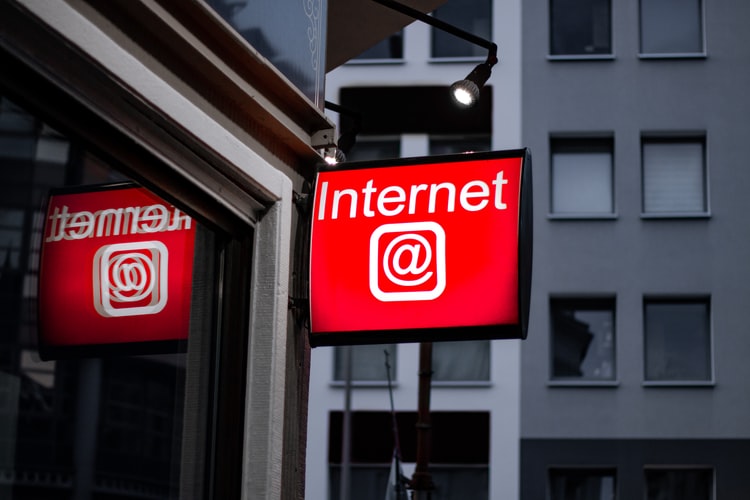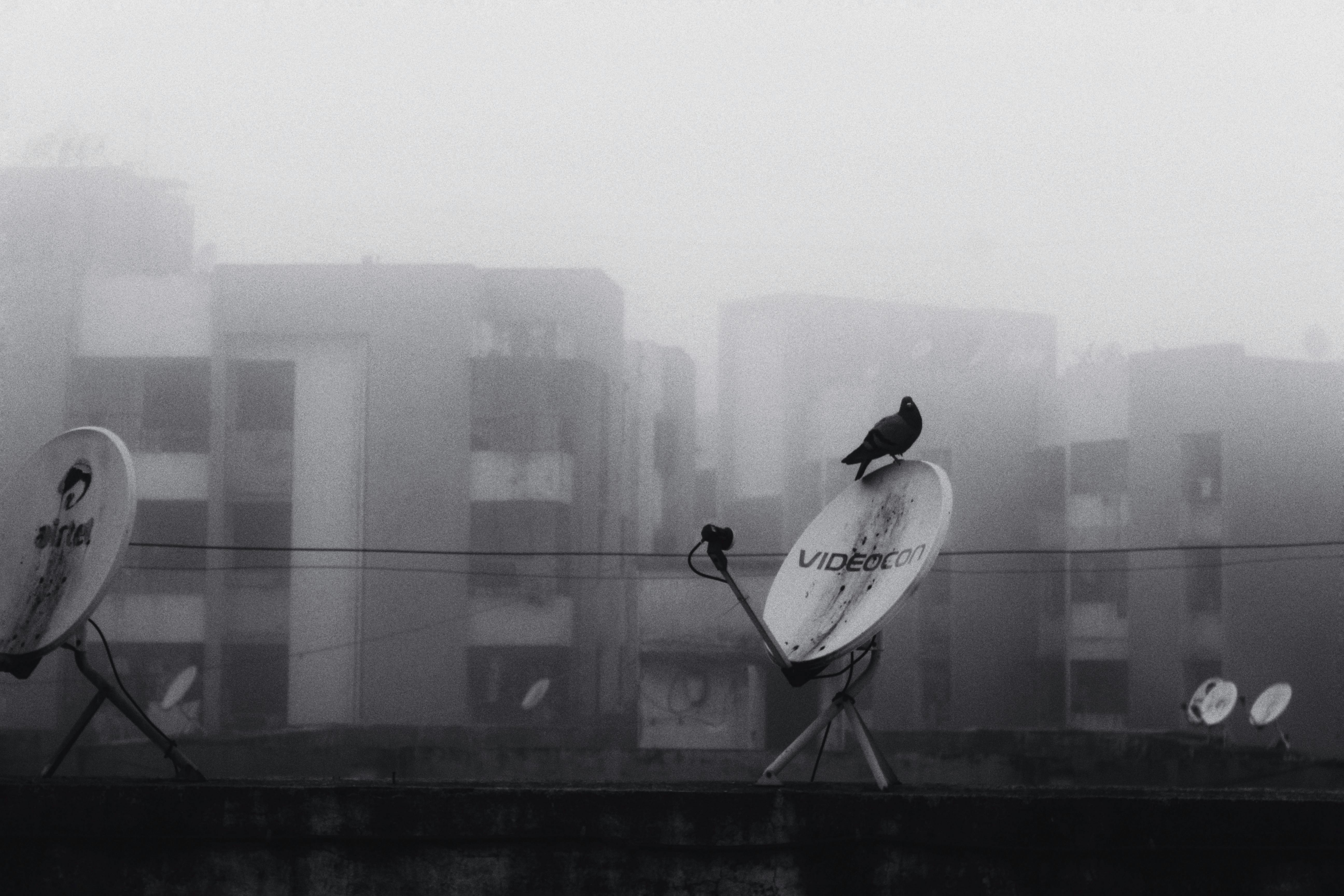Unwrapping Dark Fiber: A Hidden Gift for High-Speed Connectivity
Discover the potential of dark fiber for unmatched bandwidth, security, and scalability. Learn how it powers next-gen internet solutions for businesses and organizations.

Unwrapping Dark Fiber: A Hidden Gift for High-Speed Connectivity
When discussing internet infrastructure, the term "dark fiber" often feels mysterious. Yet, it holds immense potential for enhancing internet connectivity. For businesses and organizations looking for scalability, reliability, and unmatched speeds, dark fiber might be the hidden gem they need.
In this blog, we’ll unwrap what dark fiber is, how it works, and why it’s becoming a crucial part of modern internet solutions.
What Is Dark Fiber?
Dark fiber refers to unused or “unlit” fiber-optic cables that were laid down during the expansion of internet infrastructure but never activated. These cables can be “lit” by businesses, telecom providers, or organizations to create custom networks tailored to their needs.
- Privately Managed: Users maintain full control of the network, enhancing security and performance.
- Scalability: Provides nearly unlimited bandwidth, ideal for future-proofing connectivity.
- Customizability: Networks can be tailored to meet specific business needs.
How Dark Fiber Works
Fiber-optic cables transmit data as light signals. In dark fiber, the infrastructure exists but remains inactive. Once activated using specialized equipment, these cables can carry massive amounts of data at ultra-fast speeds.
Benefits of Dark Fiber
- High Bandwidth Capacity: Perfect for businesses requiring high-speed connections.
- Enhanced Security: A privately managed network ensures data remains secure, reducing exposure to breaches.
- Cost Efficiency Over Time: While initial setup costs are higher, dark fiber eliminates recurring fees from third-party providers.
- Reliability: Dark fiber networks offer consistent performance, even during peak usage.
Dark Fiber vs. Traditional Internet
| Feature | Dark Fiber | Traditional Internet |
|---|---|---|
| Control | Full control over the network | Managed by an ISP |
| Bandwidth | Virtually unlimited | Limited by ISP plans |
| Scalability | Easily scalable for future needs | Restricted to provider offerings |
| Security | High, as it’s privately managed | Moderate, dependent on provider |
Conclusion
Dark fiber might seem like a complex topic, but its benefits are straightforward: unmatched bandwidth, enhanced security, and complete control. For businesses and organizations ready to invest in their connectivity, it’s a gift that keeps on giving.
🎄 As the need for high-speed internet grows, dark fiber offers a scalable, reliable solution to stay ahead in the connectivity race.




